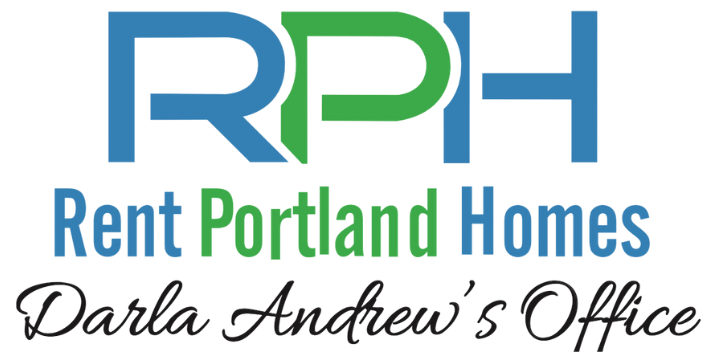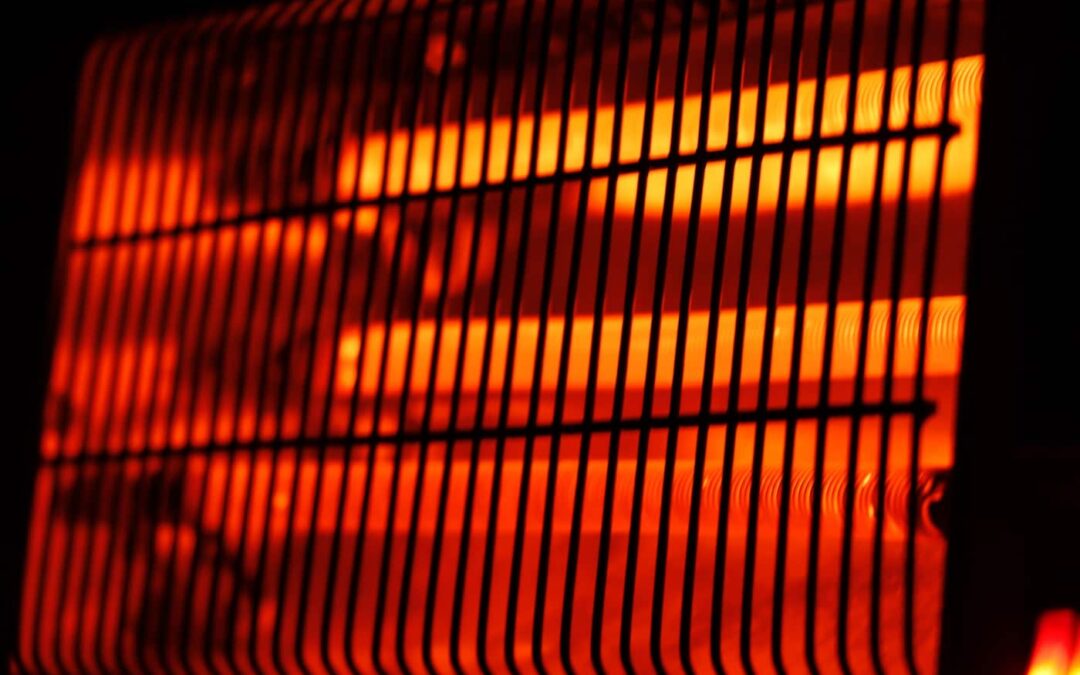With our chilly, rainy winter in full swing, most Pacific Northwesterners are staying as warm and cozy as possible. But with the heaters blasting and the windows sealed up tight, it’s crucial to take all the proper steps to protect yourself or your tenants from the dangers of carbon monoxide (CO) poisoning this winter. Because this dangerous gas is most often a byproduct of combustion, the colder months when we turn up our thermostats are when the risk of CO poisoning is highest. But what is carbon monoxide? Why is it so dangerous? And what steps can you take to protect yourself and your renters?
Carbon Monoxide Poisoning is a Serious Concern
Carbon monoxide is a colorless, odorless gas that forms from burning fuel. Furnaces, water heaters, dryers, fireplaces (both gas and wood-burning), gas stoves and ovens, tobacco smoke, and other forms of combustion all produce this gas. Virtually every home has an appliance capable of producing CO. That means you should expect some level of this gas in a house. CO only becomes unsafe when it builds up to harmful levels inside a home.
The most important thing to know about carbon monoxide is that it can be dangerous and even fatal. CO poisoning causes 400 deaths each year and 20,000 trips to the emergency room, plus over 4,000 hospitalizations. However, the overwhelming majority of CO poisoning cases go undiagnosed and unreported. Because the symptoms are often nonspecific and may resemble other illnesses, it’s not easy to recognize when it occurs. Unfortunately, the difficulty in identifying carbon monoxide poisoning means that individuals can be severely ill before they even realize that they’ve been exposed.
What Are The Symptoms of CO Poisoning?
Symptoms of CO exposure can be hard to detect at first. They start mild, manifesting as a headache, dizziness, and weakness. The symptoms may worsen to include upset stomach, vomiting, chest pain, and confusion. Because these symptoms resemble a case of the flu, it’s easy to think that a bit of bed rest will help sort them out. However, when you’re being poisoned by carbon monoxide, spending more time inside your home is dangerous.
There are a few ways to spot the difference between the flu and CO poisoning. For one, CO poisoning symptoms will improve when you’re out of your house. You might also notice that other family members are ill as well, including pets. Unlike the flu, CO poisoning doesn’t cause body aches or swollen lymph nodes. So, an absence of those symptoms can point to a gas issue. But overall, it will always be challenging to correctly identify CO poisoning by the symptoms alone.
Avoid A Buildup of CO Gas This Winter
As a homeowner, the idea of an invisible poison building up in the very air itself is understandably alarming. But luckily, there are many ways to keep yourself and your tenants safe from CO poisoning this winter.
Install a Carbon Monoxide Detector
The first step to staying safe this winter is to ensure you have a functioning CO detector in your home. If you aren’t sure when yours was installed, verify that it has fresh batteries and still works correctly. Without a functioning detector, there’s no way to know if CO gas is building up to dangerous levels. Though landlords must install carbon monoxide detectors in a rental unit, your tenants will need to make sure it remains in good condition. Otherwise, conducting regular inspections that include smoke alarm and CO detector tests is prudent.
Avoid Portable Burning Appliances Indoors
Portable stoves or other forms of combustion, like a stove or space heater that runs on propane, can be a fatal source of carbon monoxide. Small spaces are especially at risk of a rapid CO buildup. Never use a portable flameless heater indoors.
Ensure Your Appliances Vent Properly
A blocked, broken, or improperly fitted vent can rapidly increase the CO gas in your home. Inspect visible vents for any cracks or wear. Remember that horizontal vent pipes should rise at a slight incline to prevent CO gas from leaking out of the joints. Also make sure that none of your vent pipes are patched with tape, as it will not protect against leaks.
Have Your Appliances Serviced Each Year
Making certain your appliances operate efficiently can help ensure they’re not releasing too much CO gas. Yearly service visits can keep your devices properly vented and running cleanly. Here are a few warning signs to look for in your heat-producing appliances:
- Rusting flue pipes or appliance jacks.
- Orange or yellow flame in combustion appliances (instead of blue).
- Excess moisture and condensation indoors.
- Excess soot in or around fuel-burning appliances.
Whether or not you notice any signs that your appliances need a service visit, routine tune-ups are an essential part of any homeowner’s yearly maintenance checklist.
Resident Safety is the Priority
Whether you’re concerned about CO poisoning in your own home or rental properties, it pays to be conscientious as the colder weather continues. Wintertime is the peak of accidental CO-related deaths, and taking the necessary steps to protect yourself and your tenants is crucial. With so many potential sources of carbon monoxide in a home, it can be overwhelming to know where to start with your regular maintenance.
If you’re concerned about the safety of your home or feeling overwhelmed by the number of things to do, a property management company can help. Rent Portland Homes by Darla Andrew has fostered strong partnerships with Portland landlords for years. We maintain a dedicated maintenance team, which can quickly investigate any concerns you or your tenant might have about the safety of the property. On every job, our contractors work fast, professionally, and for a reasonable price.
We know how difficult it can be to juggle the myriad tasks which go into maintaining a rental. It takes an entire team to properly run a rental property, which is probably why it’s so challenging to handle alone. Our team is here to answer any questions you might have about what we can do for you. You can call or text us at (503) 515-3170 for more information on carbon monoxide safety in your rental or to talk to us about our other services. You can also contact us through our website and check out some of our other tips for Portland’s landlords while you’re there.


Recent Comments